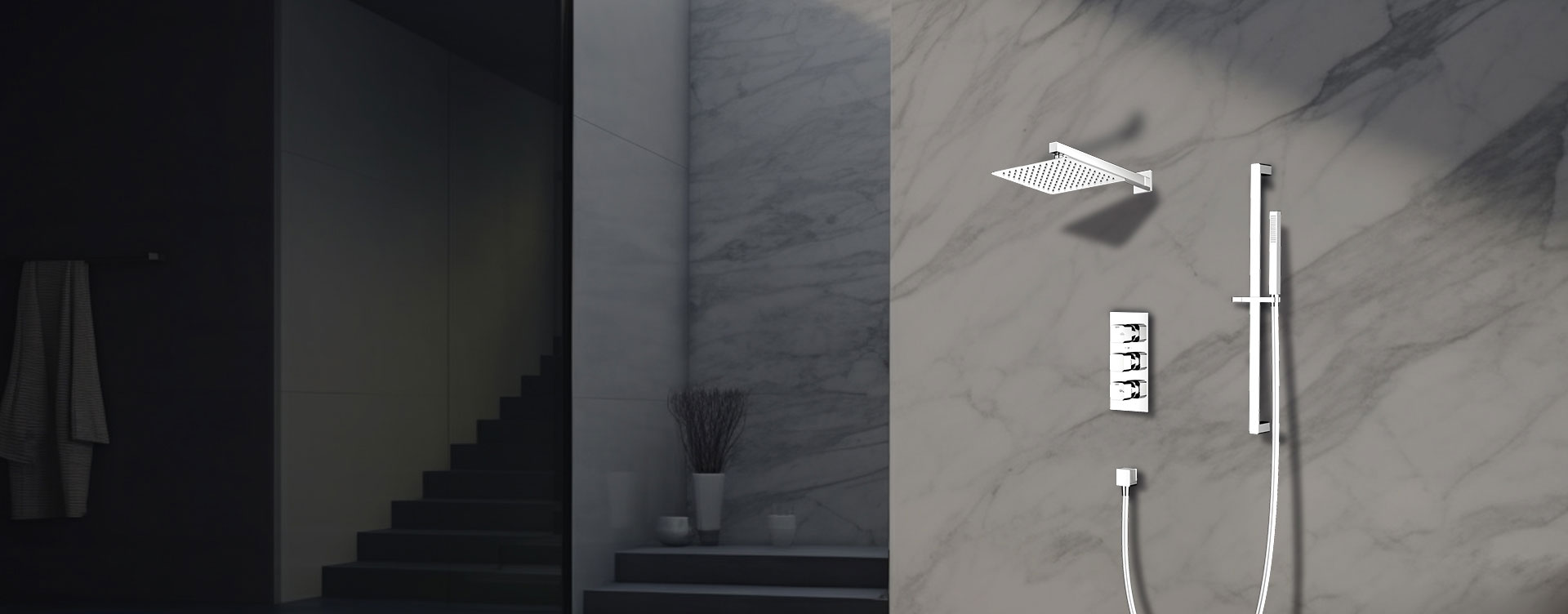
A properly caulked shower set—whether it’s a wall-mounted mixer, handheld shower holder, or enclosure trim—should last 5 to 10 years under normal use. However, several factors can shorten or extend its lifespan, including caulk quality, moisture exposure, cleaning habits, and installation technique.
High-quality silicone caulk, when properly applied and cured, typically lasts:
| Environment | Lifespan Range | Notes |
|---|---|---|
| Standard home bathroom | 5–10 years | Good ventilation and gentle cleaning extend life |
| High-humidity bathrooms | 3–5 years | Frequent steam exposure shortens lifespan |
| Commercial or hotel bathrooms | 2–4 years | Continuous use requires more frequent re-caulking |
If cracks, discoloration, or mold appear before the 5-year mark, replacement is recommended immediately to prevent water infiltration behind walls or fixtures.
100% Silicone Caulk: Best for bathrooms; flexible, waterproof, and resistant to mildew.
Latex or Acrylic Caulk: Easier to apply and paintable, but not ideal for high-moisture areas.
Hybrid Sealants: Combine silicone and polymer for faster curing and stronger adhesion.
A professional-grade neutral-cure silicone—often used in Global Moon Shower installations—is preferred because it adheres well to metal, ceramic, and glass without corroding fixtures.
If the surface was not clean or dry before application, caulk may fail early. Oils, soap residue, or old caulk remnants reduce adhesion, leading to peeling or bubbling.
Poorly ventilated bathrooms trap moisture, preventing the caulk from curing properly and promoting mold growth. Continuous humidity cycles can degrade even the best sealant over time.
Using harsh chemicals or abrasive pads damages the caulk surface. Gentle cleaning with mild soap and a soft brush extends its lifespan significantly.
Showers with slight wall flex or handheld fixtures that pull on fittings can cause microcracks along the caulk line. Regular inspection and touch-ups prevent early failure.
| Symptom | What It Means | Recommended Action |
|---|---|---|
| Peeling or Cracking | Loss of adhesion or aging | Remove and reapply immediately |
| Black Mold or Mildew | Moisture trapped behind caulk | Replace and disinfect surface |
| Soft or Sticky Surface | Incomplete curing or chemical breakdown | Remove and reapply with silicone |
| Gaps Around Fixtures | Caulk shrank due to moisture or temperature | Re-seal to prevent leaks |
Keep the bathroom well-ventilated with an exhaust fan or open window.
Wipe down shower surfaces after each use to minimize moisture contact.
Avoid scrubbing the caulk directly with harsh cleaners or bleach.
Inspect joints around the Shower Valve trim, hose connection, and base every few months.
If minor cracks appear, apply a thin bead of new silicone over cleaned joints to reinforce them.
Remove Old Caulk using a caulk remover tool or razor scraper.
Clean the Surface with rubbing alcohol and let it dry completely.
Apply New Silicone Bead evenly along the seam, smoothing it with a gloved finger or caulking tool.
Allow to Cure for at least 24 hours before using the shower.
Inspect for Gaps and ensure full adhesion before exposing to moisture.
A well-applied silicone seal around a Global Moon Shower system should last up to 10 years when maintained properly. The key is choosing a neutral-cure, mold-resistant silicone, applying it to clean, dry surfaces, and keeping the bathroom ventilated.
When maintained correctly, your shower remains watertight, hygienic, and visually appealing—ensuring your investment in a premium shower system continues to deliver comfort and reliability for years to come.